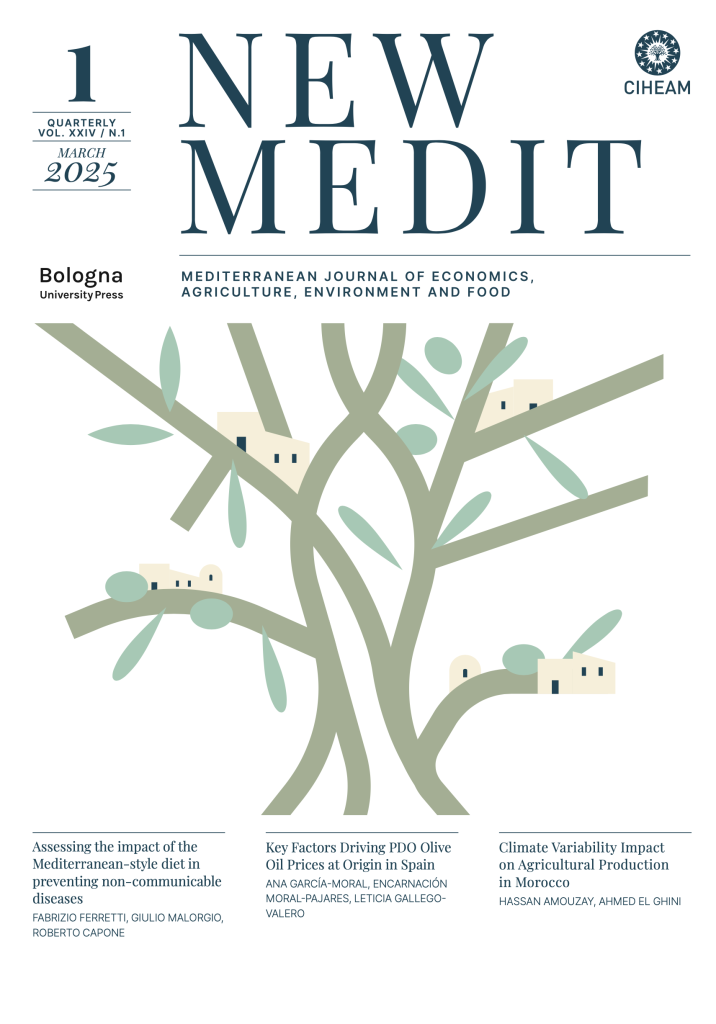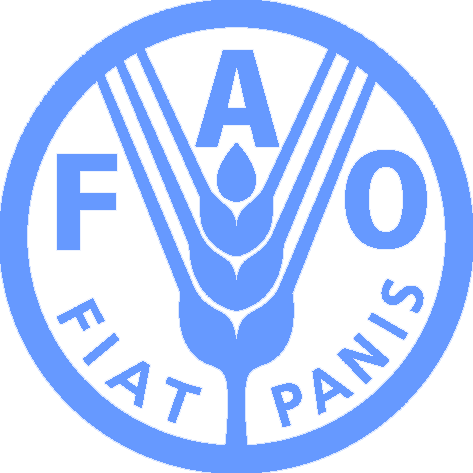Language: FR
Jel classification: D12, Q11
Fish consumption in Tunisia increased by around 38% in ten years growing from 5.8 to 9.4 kg / person / year between 1995 and 2005 (INS). However, this consumption is characterised by a sharp disparity between coastal and continental regions. This disparity is due to several factors such as availability and supply of fish, the difference between consumption patterns and product quality. Fish is a highly perishable product and its quality is an important factor. The quality attributes are perceived differently by consumers: the expected quality (structure, colour of gills, appearance of eyes), the experience quality (taste and smell) or the quality of belief (bone development, fish consumption raises intelligence). This paper examines consumer perception of Tunisian quality fish, taking into account the various attributes. A survey was conducted on a sample of 504 consumers from all regions of Tunisia. The data collected were analysed by a factor analysis. Three dimensions of quality were identified: “look and experience,” “health and security” and “product safety”. These dimensions allowed identifying three types of consumers. These types were characterized by socio-demographic and economic variables and their consumption preferences.
consumer perception, quality, fish, factor analysis, Tunisia











